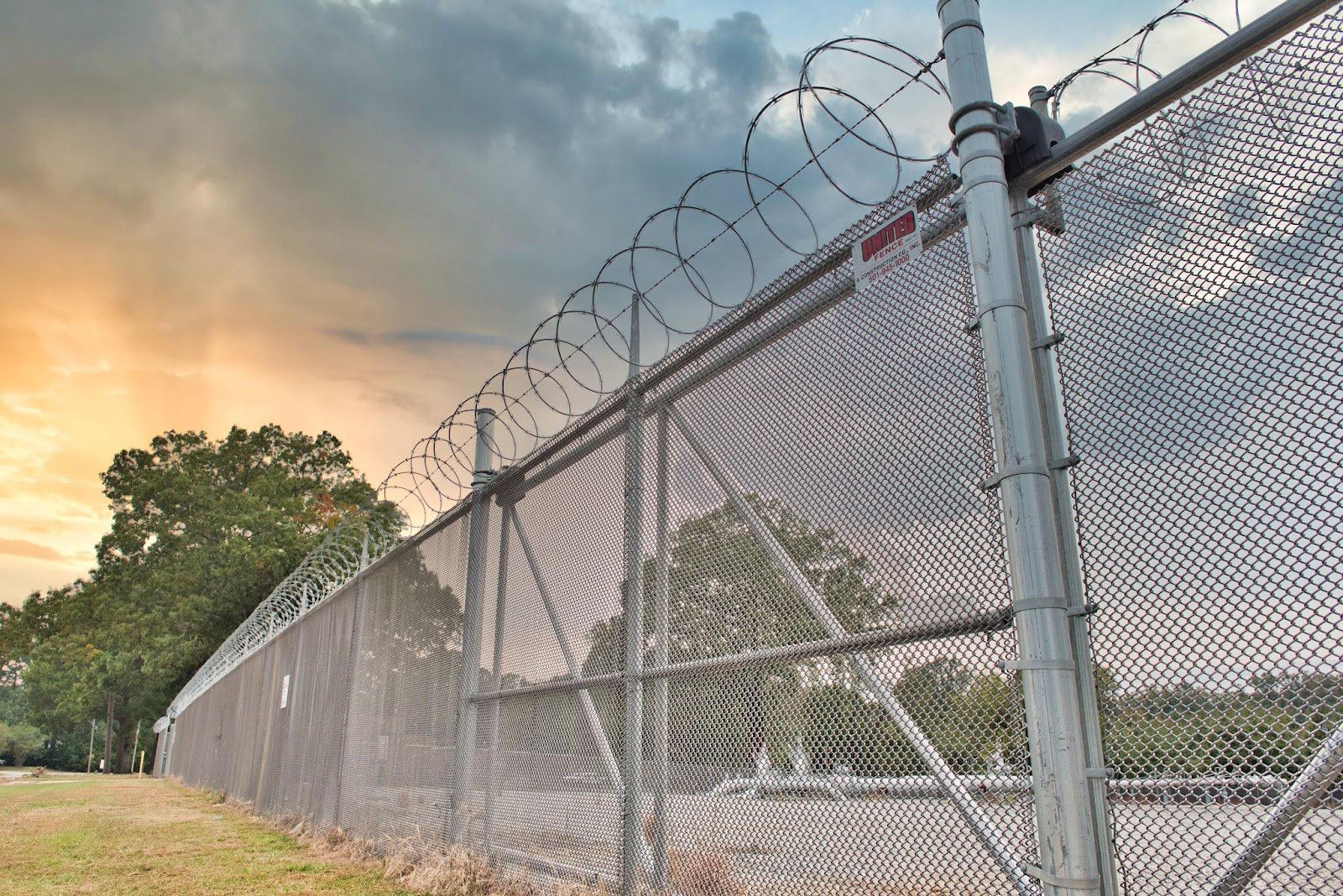All Categories
Featured
Installing a brand-new fence is an interesting job that can boost your property's aesthetic, safety, and personal privacy charm. While the installation process may seem uncomplicated, the moment it takes can differ based upon several variables. On standard, fencing setup takes anywhere from 1 to 5 days, yet this can prolong depending on the dimension, complexity, and materials entailed.
Ordinary Setup Timelines by Fence Kind. Timber Fences:. Wood fences are popular for their all-natural charm, but their setup can take longer. A common wood fence installation covers 2-- 4 days due to steps like reducing, setting up, and using safety layers such as stain or paint.
![]()
Vinyl Fences:. Plastic fence is usually quicker to install because it can be found in pre-assembled panels. The majority of tasks can be completed in 1-- 3 days, depending on the fencing's length.
Chain-Link Fences:. Chain-link fences are simple and can usually be mounted in 1-- 2 days, making them among the fastest alternatives.
Metal or Wrought Iron Fencings:. These fences can take 3-- 5 days or longer as a result of their weight and the accuracy required for correct placement and securing.
Composite Fences:. Compound materials are long lasting and created for performance, with installation timelines similar to plastic fences at 1-- 3 days.
Key Factors That Effect Setup Timelines.
![]()
Exactly How to Get Ready For a Faster Installation. Conduct a Website Analysis: Stroll your residential or commercial property to recognize prospective obstacles, such as inclines, tree origins, or utility lines. Plan for Authorizations: Begin the permit procedure as very early as feasible to stay clear of delays. Select the Right Period: Pick a time when weather condition conditions are favorable for exterior work. Interact with Professionals: Review your job timeline and any kind of particular concerns prior to installment begins. Verdict. While most fencing installations are finished in just a few days, various elements can affect the timeline, such as product type, residential property size, and weather. By comprehending these components and preparing your website beforehand, you can help guarantee a smooth setup procedure. Partnering with experienced specialists will additionally make a substantial difference, guaranteeing your fence is set up efficiently and to the highest requirement.
Ordinary Setup Timelines by Fence Kind. Timber Fences:. Wood fences are popular for their all-natural charm, but their setup can take longer. A common wood fence installation covers 2-- 4 days due to steps like reducing, setting up, and using safety layers such as stain or paint.

Vinyl Fences:. Plastic fence is usually quicker to install because it can be found in pre-assembled panels. The majority of tasks can be completed in 1-- 3 days, depending on the fencing's length.
Chain-Link Fences:. Chain-link fences are simple and can usually be mounted in 1-- 2 days, making them among the fastest alternatives.
Metal or Wrought Iron Fencings:. These fences can take 3-- 5 days or longer as a result of their weight and the accuracy required for correct placement and securing.
Composite Fences:. Compound materials are long lasting and created for performance, with installation timelines similar to plastic fences at 1-- 3 days.
Key Factors That Effect Setup Timelines.
- Project Size and Fencing Size. The total size of the job is a key aspect. Larger residential or commercial properties or longer fences need more time to complete, as added blog posts, panels, and labor are included.
- Site Preparation. Before setup can begin, the site has to prepare. Cleaning particles, leveling unequal surface, and addressing underground utilities can include hours or days to the procedure.
- Soil Problems. Soft dirt permits faster digging of article holes, while clay-filled or rough soil can slow down development. Contractors might need specific devices in these instances.
- Authorizations and HOA Approvals. Regulatory needs can delay the beginning of setup. Guarantee all necessary authorizations and authorizations from your neighborhood government or HOA are protected beforehand.
- Weather Condition and Seasonal Variables. Rain, snow, or extreme warm can interfere with setup timetables. Icy ground in winter months is more challenging to dig, potentially prolonging the process.
- Layout Intricacy. Personalized fences with complex layouts, curves, or decorative elements call for additional time for accurate dimensions and installation.

- Staff Size and Effectiveness. A bigger group of seasoned installers can finish projects much faster than a tiny or much less experienced staff.
Exactly How to Get Ready For a Faster Installation. Conduct a Website Analysis: Stroll your residential or commercial property to recognize prospective obstacles, such as inclines, tree origins, or utility lines. Plan for Authorizations: Begin the permit procedure as very early as feasible to stay clear of delays. Select the Right Period: Pick a time when weather condition conditions are favorable for exterior work. Interact with Professionals: Review your job timeline and any kind of particular concerns prior to installment begins. Verdict. While most fencing installations are finished in just a few days, various elements can affect the timeline, such as product type, residential property size, and weather. By comprehending these components and preparing your website beforehand, you can help guarantee a smooth setup procedure. Partnering with experienced specialists will additionally make a substantial difference, guaranteeing your fence is set up efficiently and to the highest requirement.
Latest Posts
Sophisticated, Long Lasting Tile Floor Covering for Every Space
Published Apr 21, 25
1 min read
The Convenience and Performance of Charging Your EV
Published Apr 21, 25
1 min read
Benefits of NAPA AutoCare? Montclare Auto Repair Delivers the Best Service
Published Apr 21, 25
2 min read
More
Latest Posts
Sophisticated, Long Lasting Tile Floor Covering for Every Space
Published Apr 21, 25
1 min read
The Convenience and Performance of Charging Your EV
Published Apr 21, 25
1 min read
Benefits of NAPA AutoCare? Montclare Auto Repair Delivers the Best Service
Published Apr 21, 25
2 min read